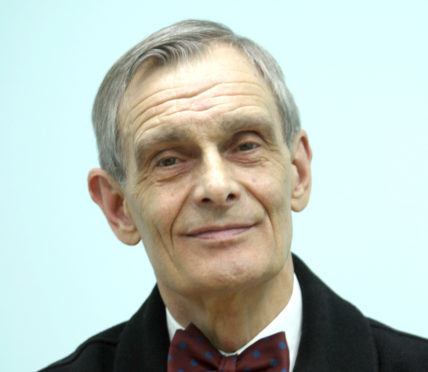An “inspirational” Norwegian professor and author has been fondly remembered by the scores of students he taught in Aberdeen following his death at the age of 81.
Jan Magnus Fladmark was born in 1937 and brought up in Nazi-occupied Norway, where he walked a mile to school every morning come rain or shine.
After completing two years of compulsory military service and training as an officer in the Norwegian Army, Mr Fladmark moved to Scotland to study in 1959.
He arrived on a ferry from Bergen to Newcastle and then took a train to Edinburgh Waverley station with only one suitcase.
Mr Fladmark managed to secure a job as a bus conductor in Edinburgh to finance evening classes and pass his English proficiency exam.
From 1961, he began studying architecture and town and country planning at Edinburgh College of Art.
Upon graduation he met his wife, Caroline Miller, and they married in Flax Bourton, Somerset, in 1967.
He thereafter enjoyed a varied career which included stints at the Scottish Office, drawing up national planning guidelines, Edinburgh University and the Countryside Commission for Scotland – where he worked from 1976 to 1992.
In 1993, Mr Magnus was made professor at Robert Gordon University (RGU) where he started a new course in Heritage Management.
While at RGU he enjoyed organising a series of international conferences on heritage and culture, which he later edited into six books.
He spent time mentoring postgraduate students and they remember his love of Scottish heritage and culture.
Due to the professor’s love of his adopted homeland, he was described as the “man more Scottish than some Scots” in a newspaper article in the 1990s.
He was made a professor emeritus at RGU upon his retirement in 2002.
Mr Fladmark died at his home in Auchtermuchty, Fife, on Thursday October 11, after a long illness.
He is survived by wife Caroline and children Freya, Olga, Judy and Frederick, and five grandchildren.
After son Frederick shared the news of his father’s death online, several of his old students paid tribute to Mr Fladmark.
Tony Craig said: “He was a true inspiration for me early in my academic career.”
Tim Hudson added: “I recall Jan as the professor who got me my first job. He helped to shape my future and he made me smile a lot too.”










